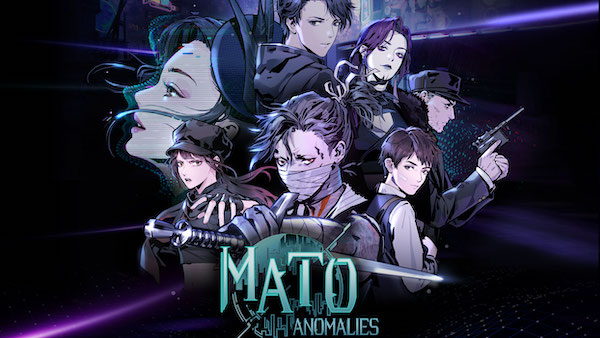Mato Anomalies, PS5
As someone who has, for the past five years or so, needed to come to terms with the fact that I do not have time in my life for long-winded RPGs. Particularly JRPGs, Mato Anomalies has breezed in to scratch a very specific itch. A pared-down, turn-based RPG may not sound appealing to all gamers, especially if they want 150 hours per embarkment, but if you are like me and have just a small slice of free time available in which to gain some RPG goodness, then Mato Anomalies might be the perfect answer.
Feeling a bit like Persona-lite, Mato Anomalies sees you moving a protagonist around a limited 3D city, taking on a short list of side quests, then entering an alternate reality to battle strange enemies in strictly linear dungeons. You’ll meet and recruit party members, who will level up and gain new skills. New weapons, better moves, attacker, healer, buffer and so on – you’ve played this kind of thing many times before.
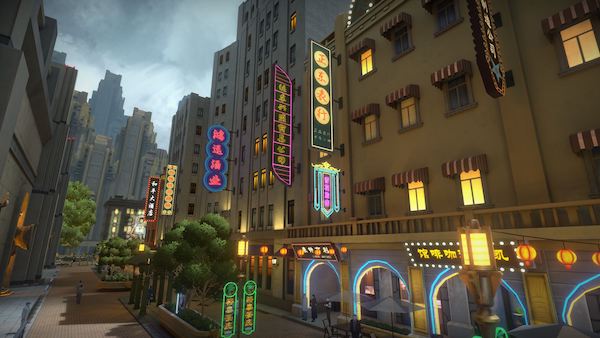
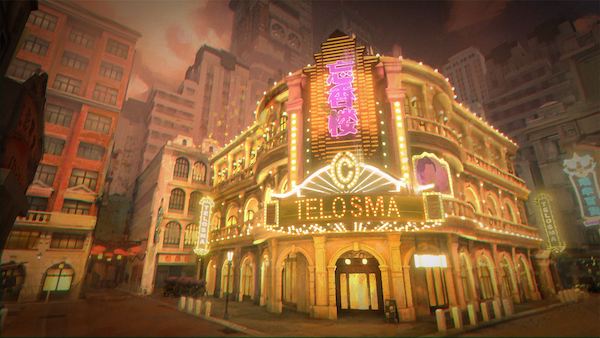
Hang on, a card battle you say?
What you haven’t played, however, is one of these that also throws into the mix a card battler for mind invasions. This made me immediately sit up and get excited, because I am all about card battlers lately. This one is pretty good, although you can’t exactly jump in and choose it as a mode. It’s more part of the narrative as you come across NPCs who are uncooperative with revealing information, so you jump on in and hack their brains to force them to. Ethics aside, there’s a fun dance between defence and attack. I really enjoy how, much like the faction decks in Gwent, you can unlock and collect different kinds of decks, with each introducing a tactical approach to mind hacks.
One deck could have a mechanic where the order in which you play certain cards may give them extra attack or defence, while another might build up points on specific cards for bonus damage. In fact, this whole side pursuit has the general feeling of a developer testing the waters for a full-blown tactical card title, which I would probably be interesting in playing.


Getting to know Mato Anomalies.
Back to the game proper, it’s a whirlwind story about various factions in a fictional city called Mato. You play as two protagonists, private detective Doe, who is the main city dude. He can’t fight, but he talks to most NPCs and has a bit of history about the town. The second protagonist is Gram, who is the biffo guy. He runs around demonic rifts, wielding his sword and kicking arse. These rifts are called lairs and they are basically like Persona 5’s Metaverse, but a lot tighter in design. There’s usually only a linear path to completing lairs, yet I didn’t mind this at all. It gives them a pleasant, almost puzzle-like pleasure as you dutifully go through the motions of exploring each small branch to activate a switch, collect some loot and gain XP from fighting creatures.
If the game’s main lairs aren’t enough, you can take on the challenge of random lairs. These offer rare weapons and gear. They elongate the experience if you find the main game’s relatively short length unsatisfying. Personally, I found it refreshing and feel that this could be a perfect introduction to larger RPGs as a whole or to whet your appetite if you are feeling a desire for these kinds of games without the massive time investment usually required.
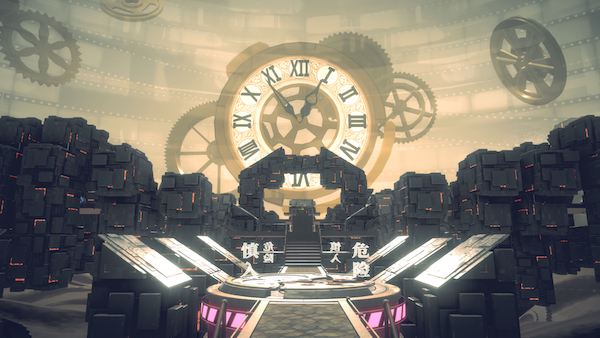
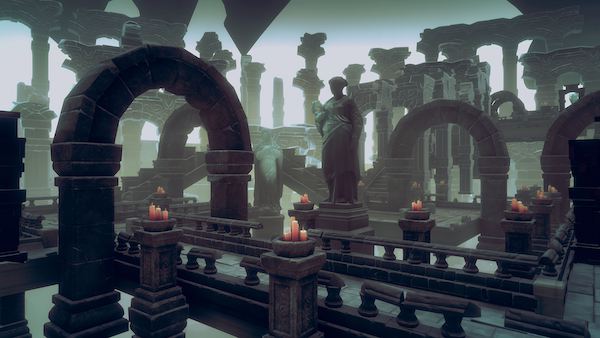
Mato Anomalies, all about Tactics Innit.
If it sounds like this is a simple experience, it isn’t. Some of the skills and attacks you can employ in battles are inherently tactical and I enjoyed testing them out every time a new one became available. Enemies can also be resistant or weak to specific attacks, so it’s a case of adapting your play style for each encounter. Gram’s Blood Boil skill, for instance, allows him to burn through 8% of the team’s HP to deal damage to a target three times. Another character, Butterfly, lays a trap that absorbs 30% of incoming damage as well as dealing 70% damage back. Throw in all the usual RPG battle elements of critical rates, accuracy, buffs, weapon-specific stats, and debuffs like sleep and poison, and you have a fun mix of just about everything you need, all wrapped up in a tight little adventure.
The fact that your entire team shares a HP meter is also cool. It means that you can use a healer to keep the entire team alive while utilising other characters for offensive moves, rather than worrying about individual health bars. Again, some players might find this too simplified, but I think it works well.

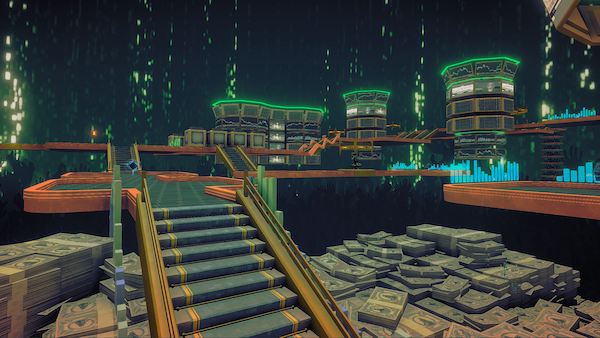
An enjoyable game doesn’t need a stellar narrative.
While I can’t say that the written story of Mato Anomalies drew me in very much, I appreciated the visual novel style. Everything is presented with an easy-to-read font, decent voice acting and a consistent hand-drawn art style that is translated into cel-shaded 3D for city exploration. It does feel a bit limited at times, particularly the jarringly average animated sequences, but this is mostly an understandable aspect of its small-studio creation, and I think it punches nicely above its weight.
The combination of lair exploration, enjoyable turn-based combat and card collecting for mind hacks is a strong triumvirate that serves Mato Anomalies well. It’s not a hundred hours long, but it doesn’t need to be, and I have no hesitation in recommending it to any players who have not been able to bite off those massive JRPGs for some time yet still retain a desire for their flavour.


